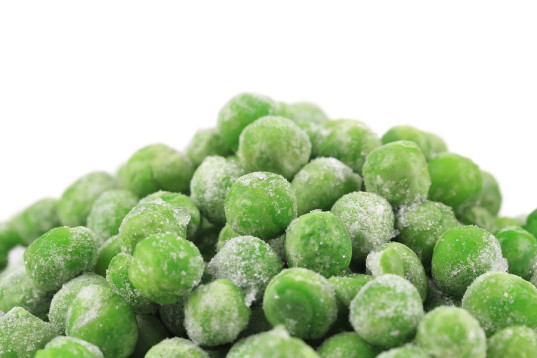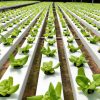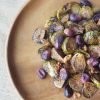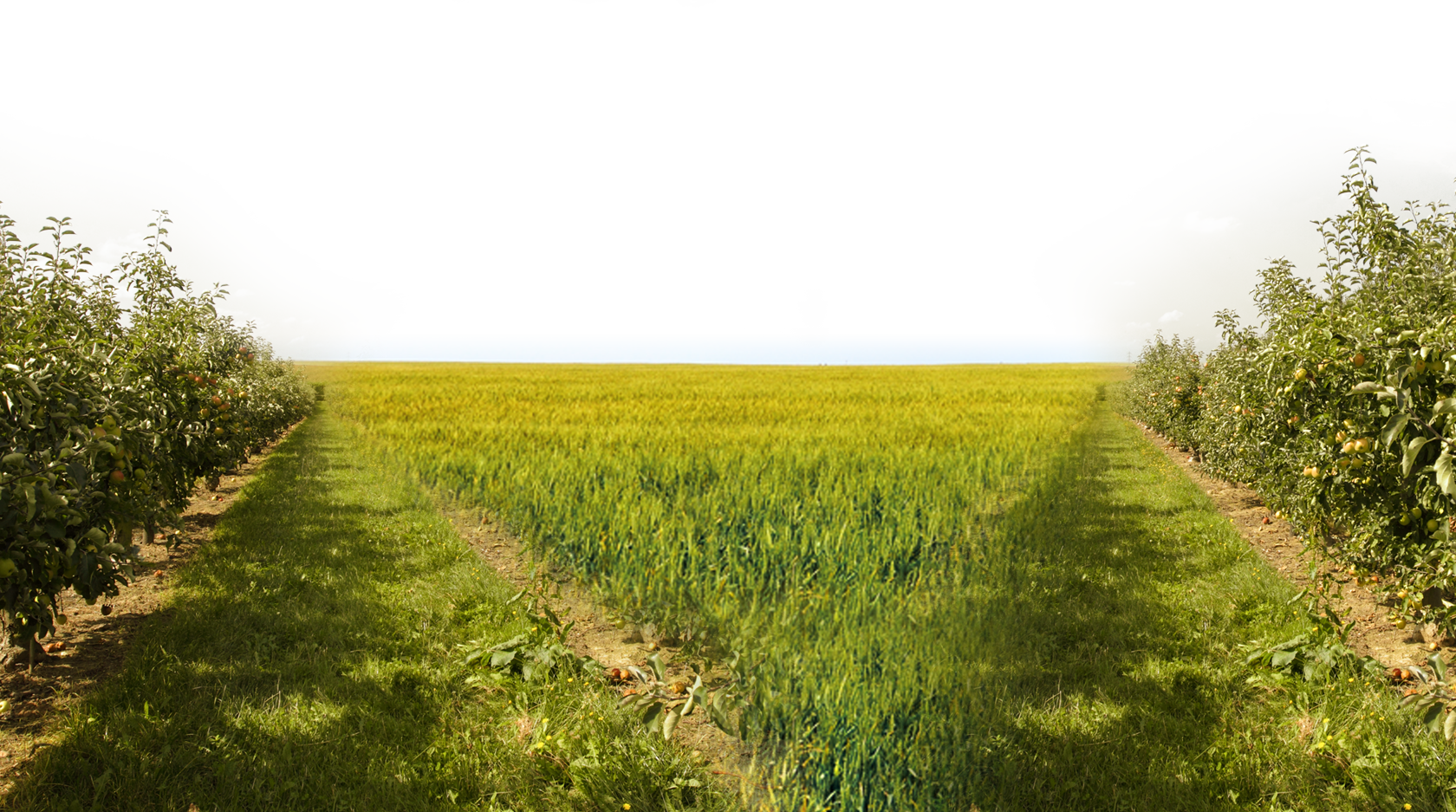
Frozen Food Month! – Cool New Ways to Love Frozen
By Karen Shepard | 0 Comments | Posted 03/12/2015
I know. Frozen Food Month. It’s not exactly the occasion to get your pulse racing. But maybe that’s because you still remember those mushy mixed veggies that sometimes showed up in your nightmares or on your dinner plate when you were a kid?
Forget them. You’re all grown up now. “Frozen” and “soggy” are not synonymous. Or at least they don’t have to be. To avoid mushy vegetables, the key is not to boil them. – Steam or microwave works best.
For most vegetables, especially tender ones like peas or corn, you don’t even need to thaw them. The water they already contain is more than enough to steam them to tender deliciousness. If you don’t have a steamer, you can use a metal colander or strainer. The key is to keep the veggies above the water, and cover the pot as much as possible to keep the heat in. You can also set a bowl or plate with a single layer inside a pot, (leave room around the edges for the steam to rise.) The plate must remain above the water. If you have small custard cups these can work to suspend your plate. Food52 suggests you can even crumble up aluminum balls and set them in a couple of inches of water to set your plate or bowl on!
To prepare veggies in the microwave, a couple of tablespoons of water in a covered microwave safe container will produce warm, ready to eat mixes, – or greens for your favorite dips, quiche or other dishes.
In soups, frozen vegetables are a healthy cook’s best companion. This is the one time that boiling works to your advantage. By adding your frozen vegetables at the finish, you end up with tender fresh tasting meal that provides a nutrition rich punch, and pleases the palate as well.
So, if you have a tendency to hurry through the frozen food section, it may be time to grab a sweater and rethink that strategy. In addition to being better for you than fresh (see Linda Bonvie’s Blog on Frozen Foods from last month), the convenience and ease of those cool little packages of veggies, fruits, meals and snacks should place them firmly at the top of your shopping list.
In most frozen food aisles you will find a remarkable selection of totally not boring ethnic mixes and trendy takes, such as rainbow chard and purple cauliflower florets, to brighten up your meals and bring new energy to your table.
If you want to make the most of these items however, there are a few things you should keep in mind.
- Read your labels. The best frozen foods have no additives like sugar or salt.
- In the case of frozen meals sodium should be under 200 mg.
- To avoid unnecessary harmful chemicals, choose organic over conventional.
- Frozen is not forever. If your freezer is working right and the power has been constant, food can generally remain stable and tasty for about three months.
- Put dates on foods you freeze yourself and partially used packages as well.
- Avoid freezer burn. Get the air out. A vacuum sealer is great, but if you don’t have one, press as much air out of the bag as possible. If your vegetables look like they have been lost in a snow storm, or the edge of your chicken is white, it’s freezer burned. Food that has freezer burn is not technically “bad” but it will not taste good, and the nutritional value has been degraded.
Frozen vegetables offer the ultimate in convenience, ease of preparation and year round nutritional benefits, without the carbon cost of many fresh imported fruits and vegetables. Celebrate this month with a new recipe, revisit an old favorite, or check out some of the links below for cool new ways to love Frozen.
Here are some more great Frozen Food Ideas:
25 ways to use frozen mixed vegetables
Food52 – How to cook with frozen vegetables
Dr Oz healthy frozen food guidelines
Surprising benefits frozen fruits and vegetables


 Contact us
Contact us



























